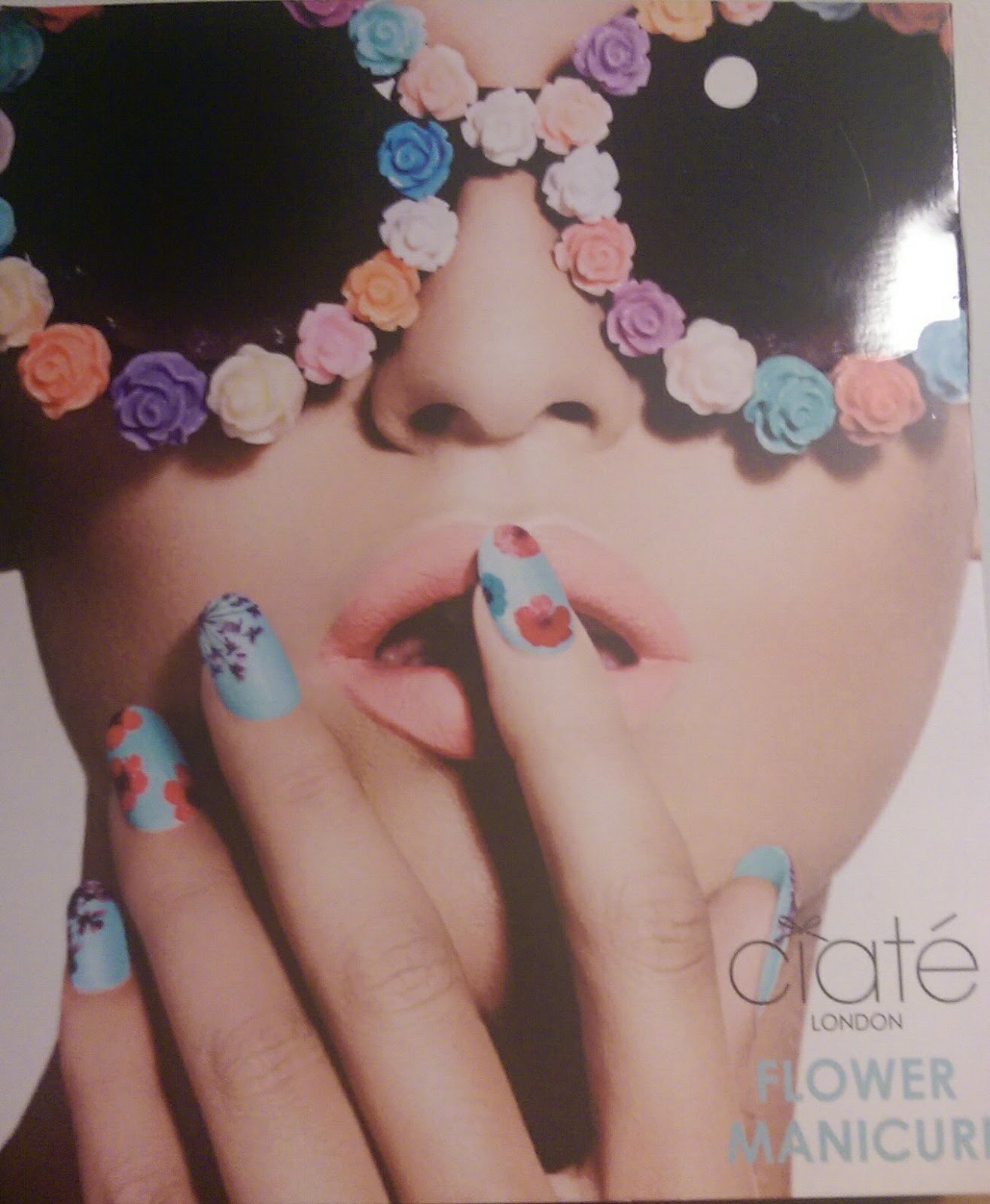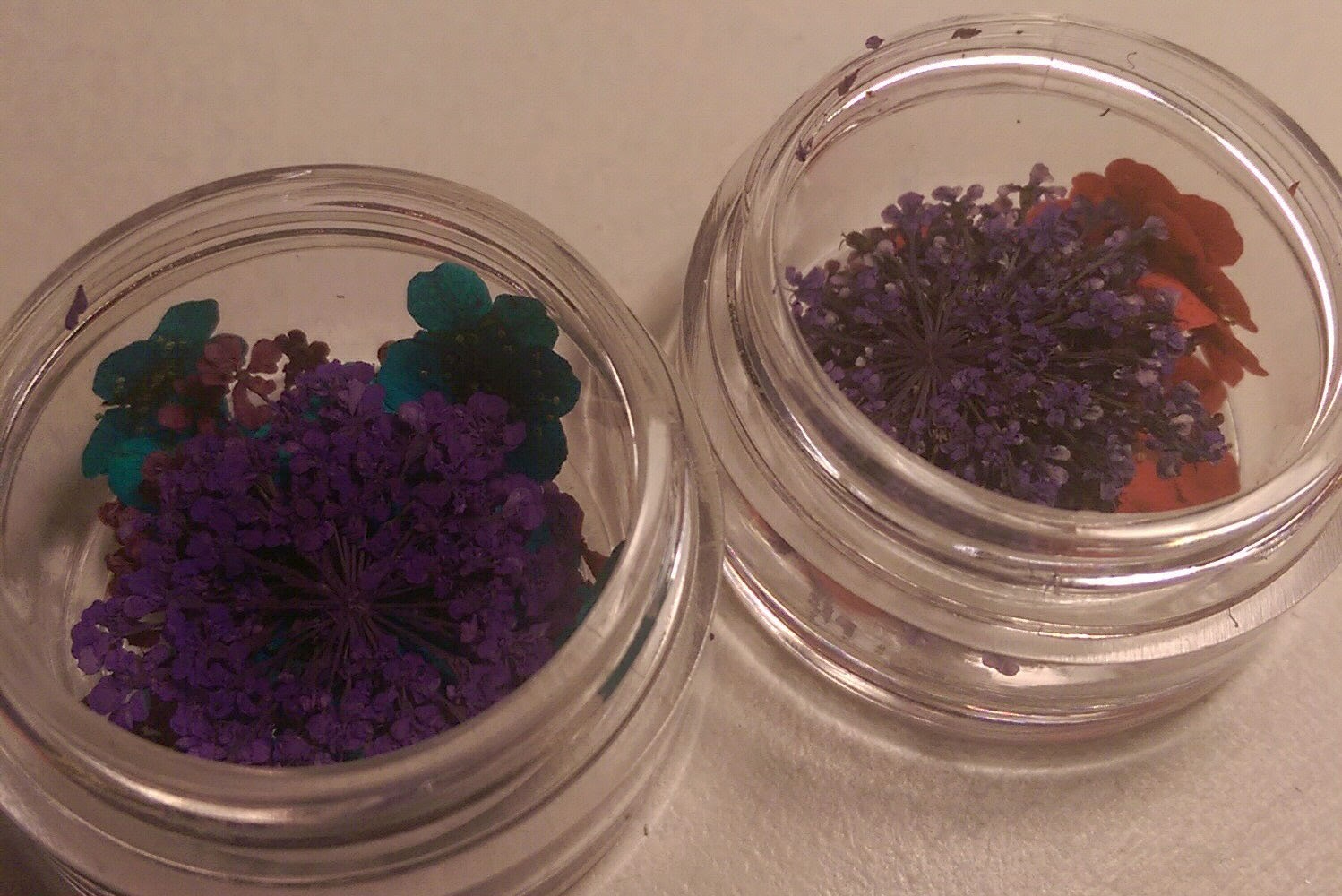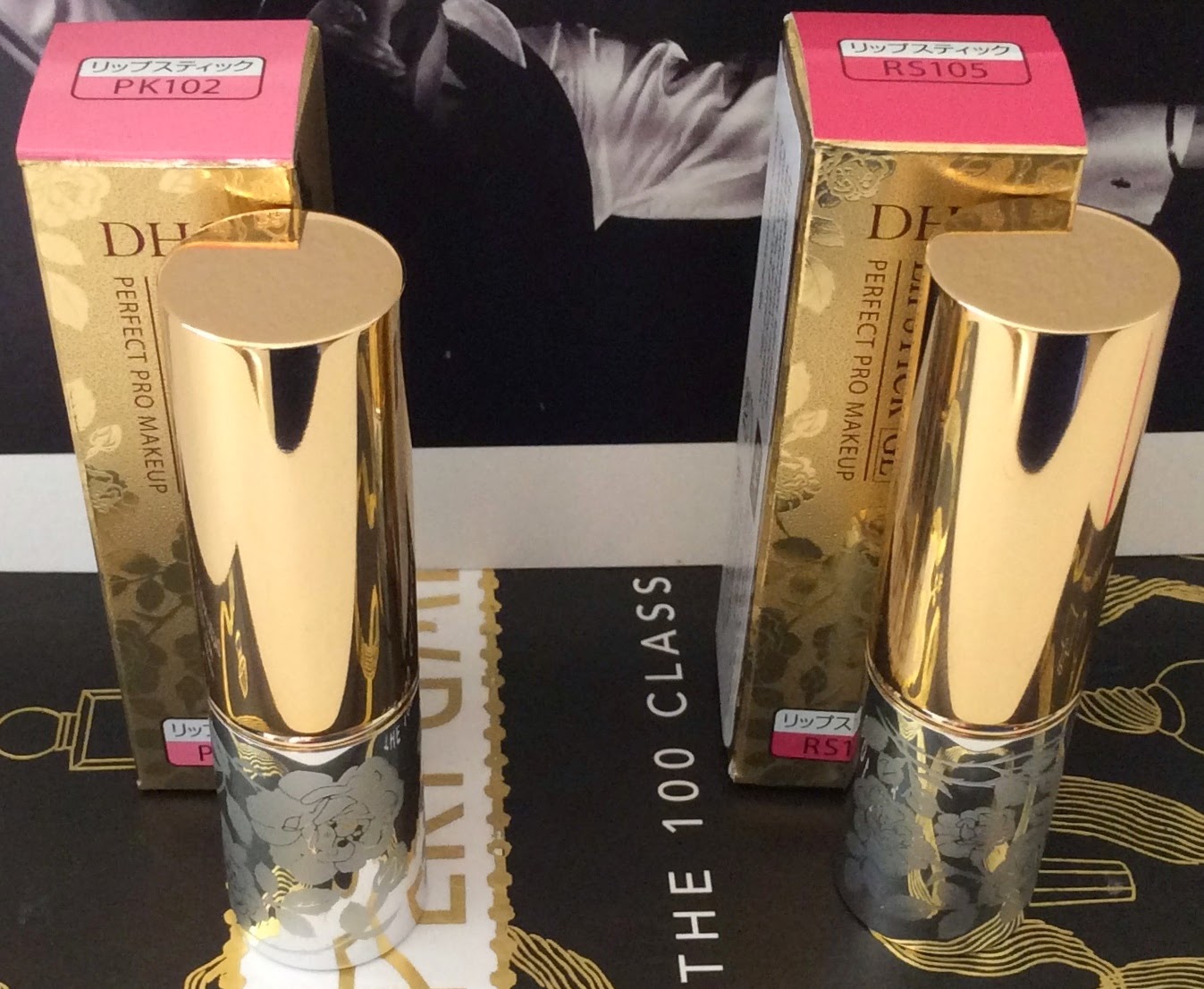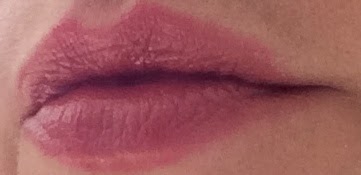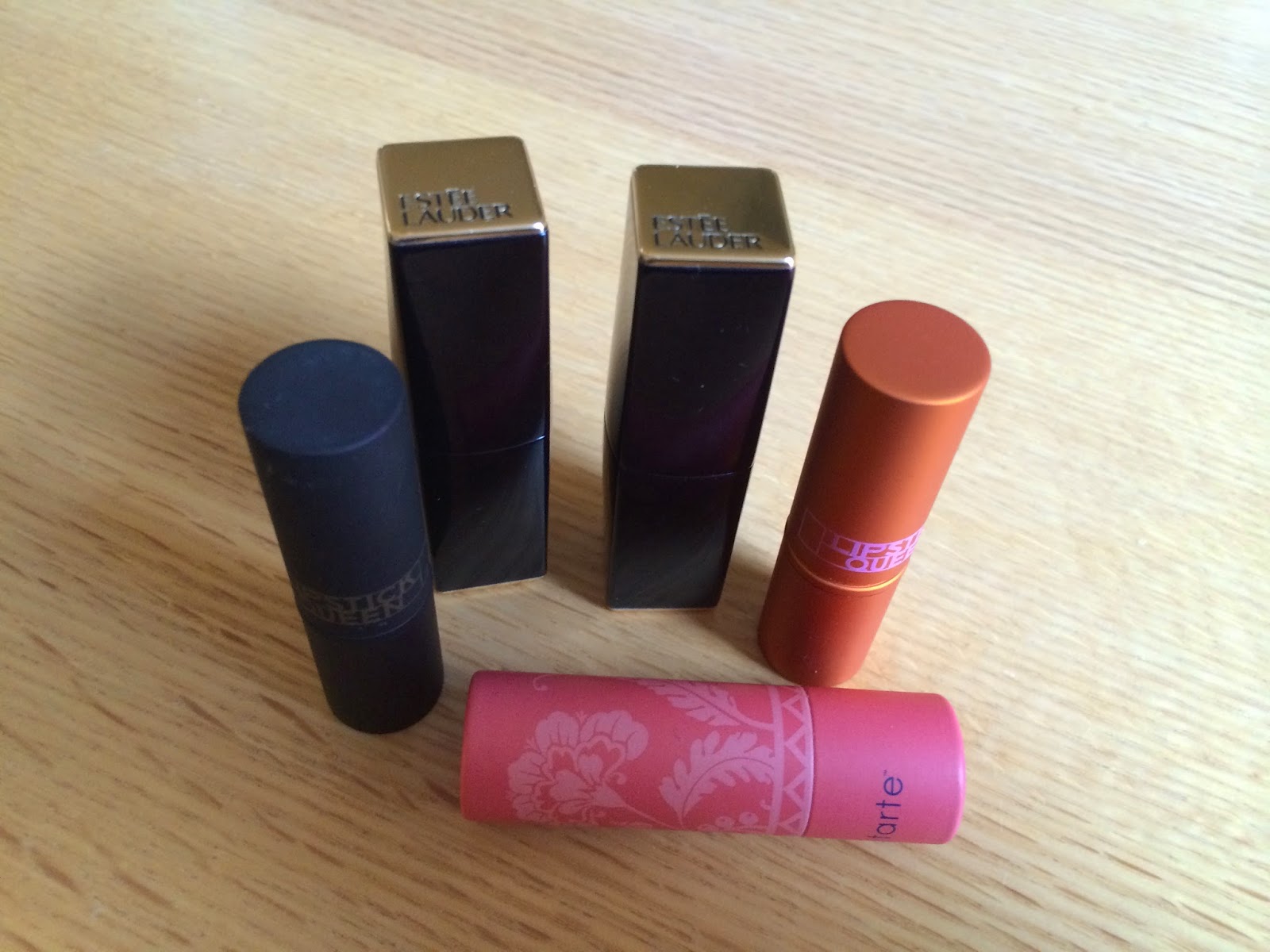By Luke
Oh sweet mother of god there are a lot
of base products out there aren’t there? Foundations, tinted
moisturisers, BB creams, CC creams, and everything in between. What
are they, and what is best for you? Where on earth do you start?
Well there are a whole host of bases
available, and all are good for different things, like, different
times of year, different skin types. Any one person should ideally
have at least two of the following list in their arsenal, in my
humble opinion.
TINTED MOISTURISERLight, translucent. Gently evens skin
tone without covering too much up. You should be able to see your
skin underneath and have it not feel heavy, or opaque. Ideal for on
makeup wearers (who ARE you people??!!) and summertime. Comes in a
variety of textures (oil free, radiant) and finishes (matte, dewy).
Generally a fluid type, but sometimes comes in a compact. NOT a
replacement for skincare generally. Just a name for a super sheer
makeup.
GOOD FOR: A little bit of
coverage, the summer time, when you don’t want to much on,
generally everyone who wants a light easily applied makeup.
BAD FOR: Anyone that has hyper
pigmentation (they generally will not cover this) or anyone that
requires a fuller coverage base.
I RECOMMEND: There are a lot of
these, but I like the Laura Mercier tinted moisturiser a lot Amazing
array of colours, and textures, and I also love the
Chanel
Vitalumiere Aqua (available nationwide, £32) . Less
choice of colour, but a really lovely finish, and is virtually
weightless. It also has light diffusing particles that are
imperceptible, but work really well. Will need to give this a really
good shake before you use it though. The
NARS Tinted Moisturisers
(available at www.NARSCosmetics.co.uk,
£29) are also amazing, and have a high SPF too. Tend to use
these when I’m working outdoors.
FOUNDATION
There are lots to choose from here. Comes in all
manner of finishes, dewy, to matte. All different types of coverage
also, from really close to what one might consider a tinted
moisturiser, to a full coverage where nothing shows through. All
different types of texture available, generally for different skin
types. Creamy for dry, oil free for blemish prone, or shiny, compact
foundations for ease of use, to sprays, and the list goes on. Just
so you know, I have yet to come across a foundation that I can’t
make look amazing, regardless of the price, and the quality. It’s
not good enough to slap it on, you do need to spend a little bit of
time, not hours, but a bit of time working it so you get what you
want from it. Colour is perhaps the most important thing here. But
generally nowadays they are all pretty good.
GOOD FOR: Anyone that requires a
bit more coverage, perhaps the more problem end of the skin spectrum.
BAD FOR: Anyone who thinks you
need a foundation ‘for evening’. Not necessarily. Anyone that
doesn’t want to cover 70% of their features. Anyone that doesn’t
want to spend a little bit of time working a base on.
I RECOMMEND: Lord so many. But
in my kit I have the YSL Le Teint Touche Eclat which I adore. Light
coverage, and dewy finish, and comes in a great range of colours, I
use these a lot and am forever running out. The
Clinique
Repairwear Laser Focus foundation (available nationwide, £29)
is another one I love. Not wild about the range of colours here,
could be more, but generally found that it’s a good match for just
about everyone. Has amazing skincare benefits too. Another one of my
all time faves is
Bourjois Healthy Mix Serum (available at
www.superdrug.com,
£8.99)). Amazing stuff. And so reasonably priced and smells
delicious. Also I do like the
Givenchy Teint couture foundation
(available at www.houseoffraser.com,
£32.50). Great coverage, not too heavy, and a really nice finish
on it. Particularly for skins that can’t make their mind up if they
are dry or oily.
MINERAL POWDER
Generally formed of minerals (no
surprise there) which act as a sort of flat pigment that sits over
the skin, and when ‘buffed’ provide coverage. Lots of different
ones on the market with varying degrees of quality and
effectiveness. Generally contain a natural (as in not added) SPF due
to the nature of the product, and the materials used. NOT a face
powder in the traditional sense. Has little to no oil absorbing
quality, and if it does, sorry. It aint a mineral powder proper.
I RECOMMEND: Well, there is a
well known brand of this particular type of makeup that frankly, I
just can’t get along with. I find it overpriced and frankly, rather
chalky looking. AAAANYWAY, I hate to bang on about them, but the best
mineral powders I have ever used are the Laura Mercier ones.
They come in two formats. Pressed and loose, they cover well, have a
good range of colours. Some may struggle to match up, but few will,
and they last a while too. (£31, available nationwide)
GOOD FOR: Generally speaking
anyone that is particularly sensitive (unless it’s a mineral
sensitivity), anyone that wants a quick and easy application as these
are generally brushed on.
BAD FOR: Anyone with very dry
skin. Despite not having a huge talc content, they are still a
‘powder’ so can look a bit arid on dry skins. Anyone who wants to
look totally matte. They DO NOT absorb oil in the way a setting
powder does. Older skins may struggle with these too, as they can
show up fine lines.
BB CREAMS
Perhaps the most misunderstood,
overused new term in the beauty market to date. Save for that awful
‘hypoallergenic’ rubbish that means zilch, but that’s a rant
for another post. BB creams are not tinted moisturisers, and tinted
moisturisers are not BB creams. A lot of BB creams on the market
are IN FACT tinted moisturisers under a zeitgeist name. BB Creams
were invented in Germany, not Malaysia as is commonly believed, by a
Dr who wanted her clients to be able to wear a base that covered the
rather inflammatory effects of her aggressive anti ageing facials
that would also benefit the skin. The BB (or blemish balm, not
beauty balm) was born. A unique product, with pigment suspended in
rich skincare that evened out tone and redness and also helped the
skin to heal. It was quickly adapted by the Malaysian market as a
staple favourite, and then of course we heard about it a mere 10
years later, and acted like it’s the second coming. The formula
since has been diluted down and down to such an extent that to be
honest, if you are considering a tinted moisturiser or a BB cream,
there is so little in the difference, you could quite easily use
either to the same effect.
I RECOMMEND: There are few
actual BB creams out there.
Dr Jart (available at
www.boots.com,
from £9) is the closest I have come across. I am not wild about
the colour of them though, but they feel nice and are easy to use.
Without doubt, the best one I have ever used is the
Stila
10-in-one HD Beauty Balm (available at www.boots.com,
£26). Not strictly a BB cream, but has the same effect. I used
this on myself when I had a quite reddening lactic acid peel, and it
worked a treat. Love the finish on this. Another one I like is the
Rodial BB Venom Skin tint (available at www.rodial.co.uk
£35).
GOOD FOR: Anyone wanting to try
something OTHER than a tinted moisturiser. Anyone who wants an uber
natural finish, with the added benefits of skincare.
BAD FOR: Anyone expecting a
fuller coverage.
CC CREAMS
Yet another product that has been
around for eons, just rediscovered and given a new name. Commonly
known in the industry as colour correctors, I have been using
similar incarnations of these for nigh on 10 years. Now though,
some have the benefit of a smart delivery system that means instead
of effectively staining the skin, which is what they used to do,
they become part of it, similar to the way a BB Cream pigment is
delivered, and are thus much easier to use, and less like to make
you look like Shrek.
I RECOMMEND: I am extremely old
fashioned and tend not to use these, as I go for the colour
correctors instead. That said some really nice ones have landed on my
desk over the last year or so, My fave is the
Clinique Moisture
Surge CC Cream (available at www.debenhams.co.uk,
£30). I have heard stories that despite the name, it can leave
the skin feeling quite dry, but adequate skincare underneath sort of
stops this. It does now also come in a handy compact. The Bobbi Brown
ones are also good and come in a variety of colours for different
concerns.
GOOD FOR: Anyone with high
colour, or feels their skin could do with a ‘boost’ of radiance
or more even tone. There are different colours for different needs.
Green for anti redness, peach for dullness etc...
BAD FOR: Anyone who wants
coverage. These work together with your base to make a more flawless
appearance.
DD CREAMS
I have no idea. Not sure I want to
know either. See: cynical marketing efforts by beauty companies.
Tools
To use a sponge or a brush? I would
probably guess that 7 out 10 women do not use either, as it’s seen
as a bit cumbersome, and takes a bit more time. Well, this isn’t
necessarily the case. There are a whole host of tools to apply
foundation that can make the world of difference to the finish. Here
is a very general guide:
A sponge should never be used wet! I
hear this happening a lot. No. Just no. It will affect the
foundation to such an extent that I am pretty sure you’ll be
looking at about 20 minutes of good wear. Always use a dry sponge,
preferably one you can wash and re use.
There is no real benefit to using a
sponge over a brush or vice versa, it really is personal preference.
As a very general rule, a brush will place the foundation well, and
buff it in, where as a sponge is an excellent idea for moving the
product around, and blending it around the edges of the face.
No sponge or brush need be used with a
BB Cream or tinted moisturiser. They are too sheer really for this
sort of application. Fingers all the way here.
Please for the sake of your poor face,
make sure that you CLEAN your foundation brush and/or your makeup
sponge. Even if it is just you who is using it, it will still
gather all sorts of bacteria so a good wash once a month (or more)
is HIGHLY advisable. This can be done simply with some hot water,
and some washing up liquid. Dry them flat on a tea towel overnight.
A little foundation from the bottle or
pump on the back of your hand rather than dipping it into the bottle
itself is advisable. Hygiene being incredibly important here.
I RECOMMEND: Just your common or
garden makeup sponge from Superdrug. I prefer the Oval shaped ones as
they are easier to get into the smaller areas of the face than the
triangular ones. To me, it makes no difference if you use a latex
free sponge or not. Save for should you have an allergy to latex.
BRUSHES
I recommend the following:
MAC 187: Large head of duo fibre
hairs. One set synthetic, one set natural. All cut different lengths
so excellent for buffing in any foundation. I just go in circular
motions all round the face. Don’t be afraid by the ‘seams’ this
brush leaves initially in the foundation, as soon as you keep
buffing, they disappear to a flawless finish.
MAC 183: Same as above, but with
a smaller head, great for getting into smaller areas, or if the 187
is a little intimidating.
Both available at www.MACcosmetics.co.uk
Estee Lauder Foundation Brush:
Perfectly sized, and cut to place foundation. Using the flat side of
the brush you literally paint it on, until you have the desired
finish. Available nationwide.
Glamcor Finish Brush: Superb
buffing/finishing brush. Huge head on it again with the duo fibres
that are shorter. Excellent for finishing a foundation by gently
using the very tips of the fibres to gently buff over the surface of
the base to really give a flawless finish.
Available at
www.preciousaboutmakup.com
This post: How to do: Foundation originated at: Get Lippie All rights reserved. If you are not reading this post at Get Lippie, then this content has been stolen by a scraper








